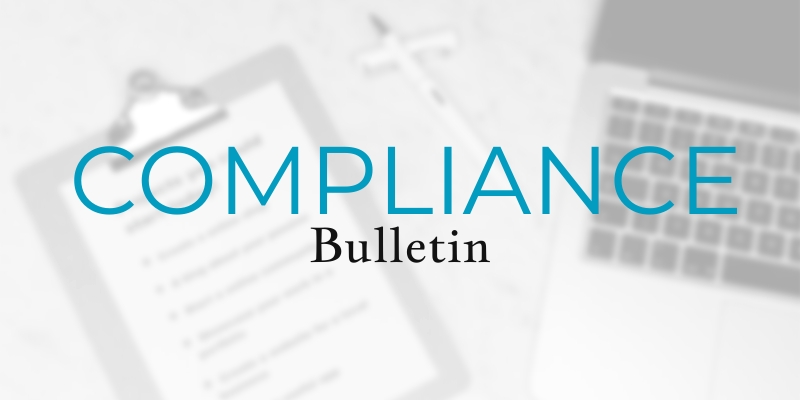24 Jun OSHA Updates Mitigation and Prevention Guidance for COVID-19
[wpseo_breadcrumb]
The guidance applies to employers and employees in settings outside of the health care industry and is now focused only on protecting unvaccinated or otherwise at-risk employees in their workplaces.
Employers can use this OSHA guidance to help them take the appropriate steps to prevent exposure and infection of unvaccinated or otherwise at risk employees.


 On June 10, 2021, the Occupational Safety and Health Administration (OSHA) updated its
On June 10, 2021, the Occupational Safety and Health Administration (OSHA) updated its  On June 10, 2021, the Occupational Safety and Health Administration (OSHA) announced its
On June 10, 2021, the Occupational Safety and Health Administration (OSHA) announced its